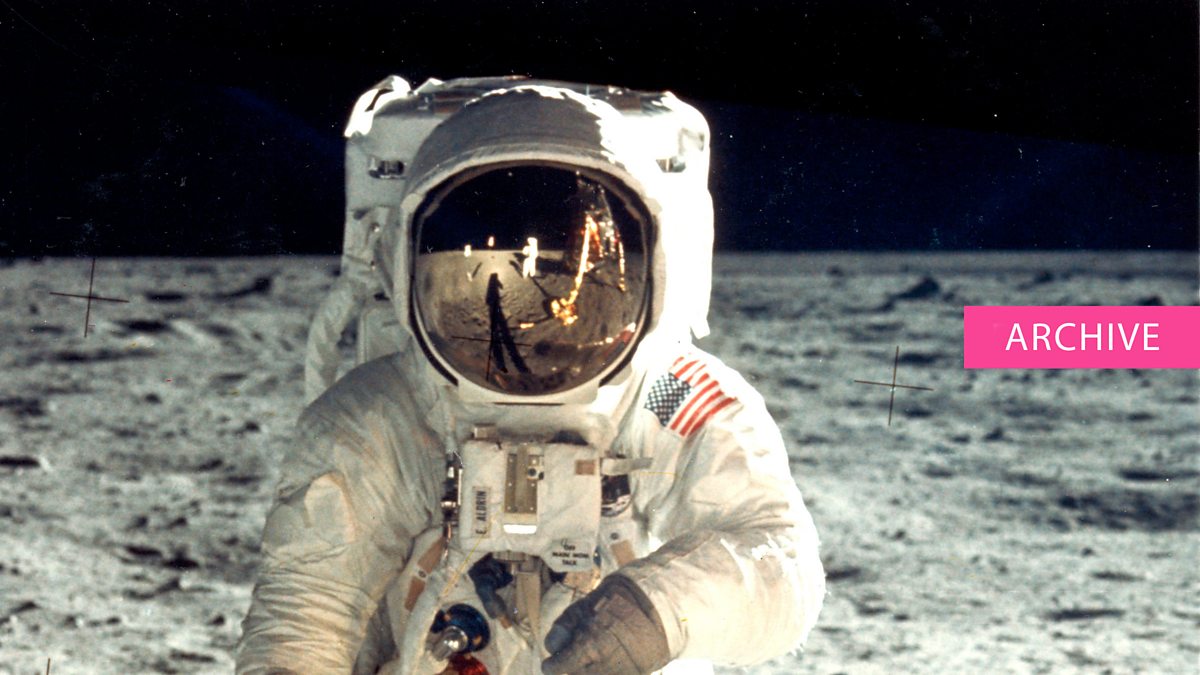
"You see with what inspiration Putin talks about new weapons and missiles," Lukashevich says. Putin frequently trumpets Russia's hypersonic weapons, which he says can strike an enemy like a "meteorite". "The priority for the Kremlin is military projects, especially the development of missiles," he said. Russian space expert Vadim Lukashevich said the problem for Roscosmos is that when it comes to scientific projects, Putin's mind is not on space exploration.

"But his promises extend into the 2030s, when neither of them will be in power." The Roscosmos chief promises President Vladimir Putin "that they will go to the Moon, Mars or Venus," the official said. He has announced ventures to bring back samples from Venus and a rocket capable of making 100 round trips to space and back.Īfter Russia pulled out of the US-led international Lunar Gateway project - a space station in lunar orbit whose first modules are to be launched in 2024 - Moscow and Beijing announced plans this March for a rival space station, but without a timetable or budget.Ī former Roscosmos official, speaking on condition of anonymity, said it is clear that Rogozin's projects are pie in the sky. The Nauka laboratory module intended for the ISS, which began assembly in the 1990s, has also suffered a string of failures that have prevented it from entering orbit.ĭespite these setbacks, Dmitry Rogozin - a nationalist politician and former diplomat now in charge of Russian space agency Roscosmos - continues to make bombastic claims about future projects. Other projects have also stagnated, including the next generation Angara-A5 rockets meant to carry Russian space capsules, which have been in development since the 1990s but have launched only twice in test mode, in 20. With the Soyuz still flying, there is also no "acute need" for a replacement, he says. Russian space expert Vitaly Yegorov says the lengthy development is hardly surprising given "the technical difficulties, Western sanctions against the Russian space industry and a lack of funding" for the space programme.

For now we are starting by testing models for the capsule, it's a fairly long process." "The goal is to carry out a first pilot-less test flight by 2023. Standing in a museum at Energia's offices celebrating Soviet space accomplishments, the head of the firm's flight centre Alexander Kaleri boasts that the new capsule will be "bigger, with more powerful engines and more comfortable than the Soyuz."īut Kaleri, a veteran cosmonaut who flew several missions into space and spent months on the ISS and Mir space stations, admits the project is a long way from taking off. RKK Energia, the firm that builds the Soyuz, was awarded a development contract for the project. Even the name of the proposed capsule has changed multiple times, from the "Federation" to the "Oryol" (Eagle) and then a proposed smaller version called the "Orlyonok". The Kremlin's attention meanwhile is fixed on military ventures rather than space exploration.Ī case in point is the project to replace Russia's ageing Soyuz capsule, a workhorse that has been ferrying astronauts into space since the 1960s and continues to be used for trips to the International Space Station.įirst announced in 2009, the project to replace the Soyuz has been repeatedly pushed back. Project after project has been announced and then delayed, as grand designs fall victim to funding problems or bureaucratic inertia. Sixty years after the Soviet Union made history by launching Yuri Gagarin into space on April 12, 1961, Russia continues to have lofty extraterrestrial ambitions, but its ability to realise them is more down to earth.

This flew in September 1968-just three months before Apollo 8 took astronauts around the Moon for the first time.A station on the moon! A mission to Venus! A next generation spacecraft! The Soviets were indeed planning a mission around the Moon, but with a crew of plants and small animals, including a pair of tortoises, rather than cosmonauts. This would give the initiative back to the US and with it the necessary political momentum to try soon for an actual landing. This mission would aim to send three astronauts around the Moon.Īfter feverish consultation across NASA, the outgoing Administrator James Webb decided to proceed with the Saturn V mission. The choice was between sticking with the Apollo mission schedule to test the lunar lander-which wasn’t ready-or to go ahead with the inaugural manned flight of NASA’s own rocket, the Saturn V. By summer 1968, with the Apollo programme near to returning to flight, the senior management of NASA was faced with a dilemma: intelligence suggested the Soviets were near to launching a massive rocket, probably to the Moon.


 0 kommentar(er)
0 kommentar(er)
